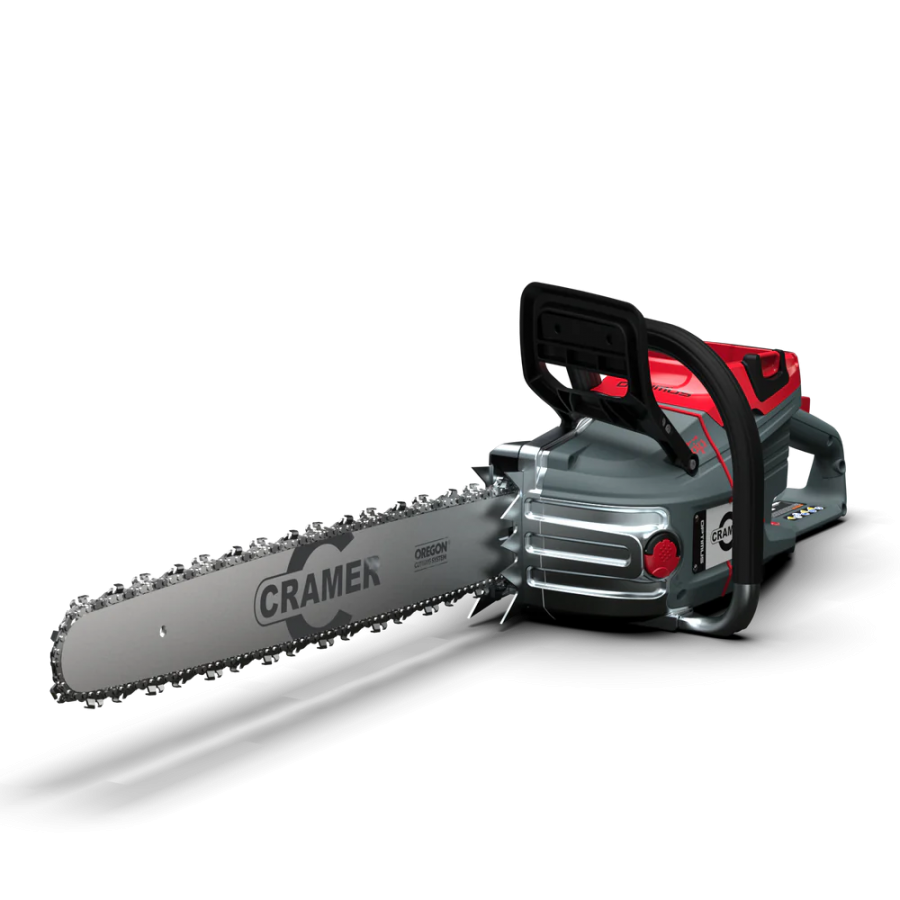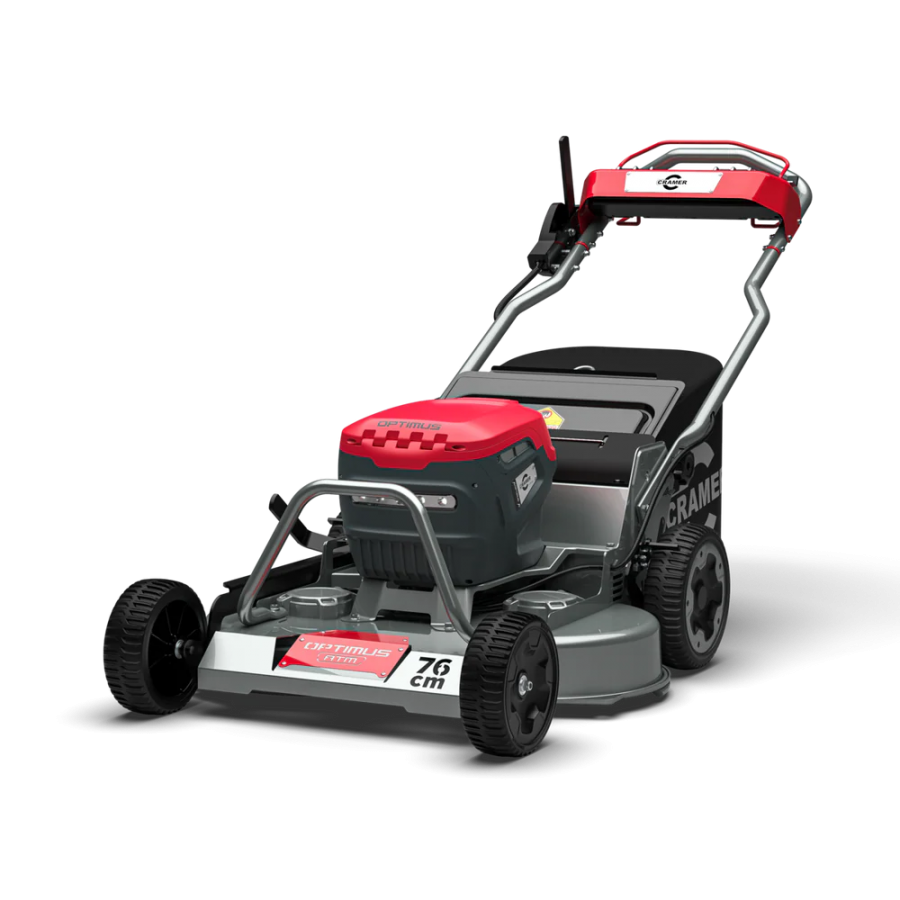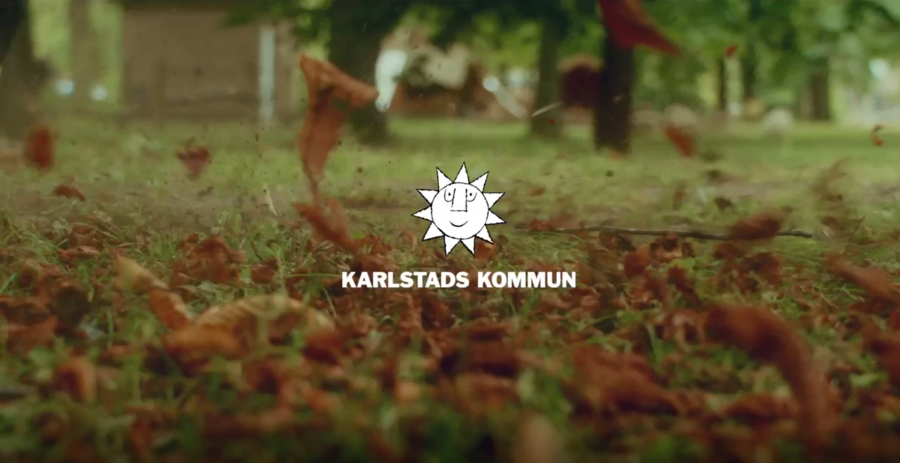The total value of the street furniture market that is supplied to or influenced by local authorities and placed in public spaces or highways controlled by local authorities, is estimated to be worth around £328m in 2017, having grown by around 4% in the year.
The local authority sector is thought to account for around 80% of the total market for street furniture, such as products from manufacturers like Furnitubes (pictured below).
Forecasts indicate some growth over the 2018-2022 period, though growth rates are likely to be modest due to increasing pressures on budgets.
Some street furniture products are more susceptible to the state of the economy than others - for example, damaged bollards and litter bins will need to be replaced, whereas plans for newbuild development and regeneration schemes using more expensive seating, planters and other optional etc. can be amended.

It is estimated that there are around 500-600 companies supplying street furniture, some of which manufacture branded products in the UK, while some manufacture for others without having a high profile with end-users. However, a substantial volume of products – usually at the lower end of the market - are imported into the UK from China and other countries.
Many companies specialise in only one or two products, or one type of material, such as stainless steel or timber. There is also a growing market for bespoke street furniture products, where the manufacturer is involved with the architect or specifier at an early stage of the project in order to produce a unique design for a particular location.
The future prospects for this market are for growth, though at a low level of around 1-2% per year between 2019 and 2022. Keith Taylor, Director at AMA Research, said: “With grants from Central Government to Local Authorities falling, urban landscaping may be regarded as a lower priority for spending compared to social services and other costs and therefore likely to be under continual pressure for funding.
"In addition, maintenance budgets for street furniture may be limited because of high demand from other areas of highway maintenance expenditure, such as filling pot holes and converting street lighting to LEDs.”
However, demand for improving the urban environment is strong, with safety a key driver influencing decision-making, and increasing demand for certain types of street furniture, for example related to cycling.
Growth in the new
housing market, in particular for larger-scale developments for affordable
housing or private rental, should also benefit the overall street furniture
market. There are schemes coming forward in many parts of the country to
support the government’s aim to build more houses, including social housing.
Despite the vote to leave the EU casting doubt on the future of the UK housing
market, the overall outlook for residential construction remains positive, with
modest growth over the next five years.







